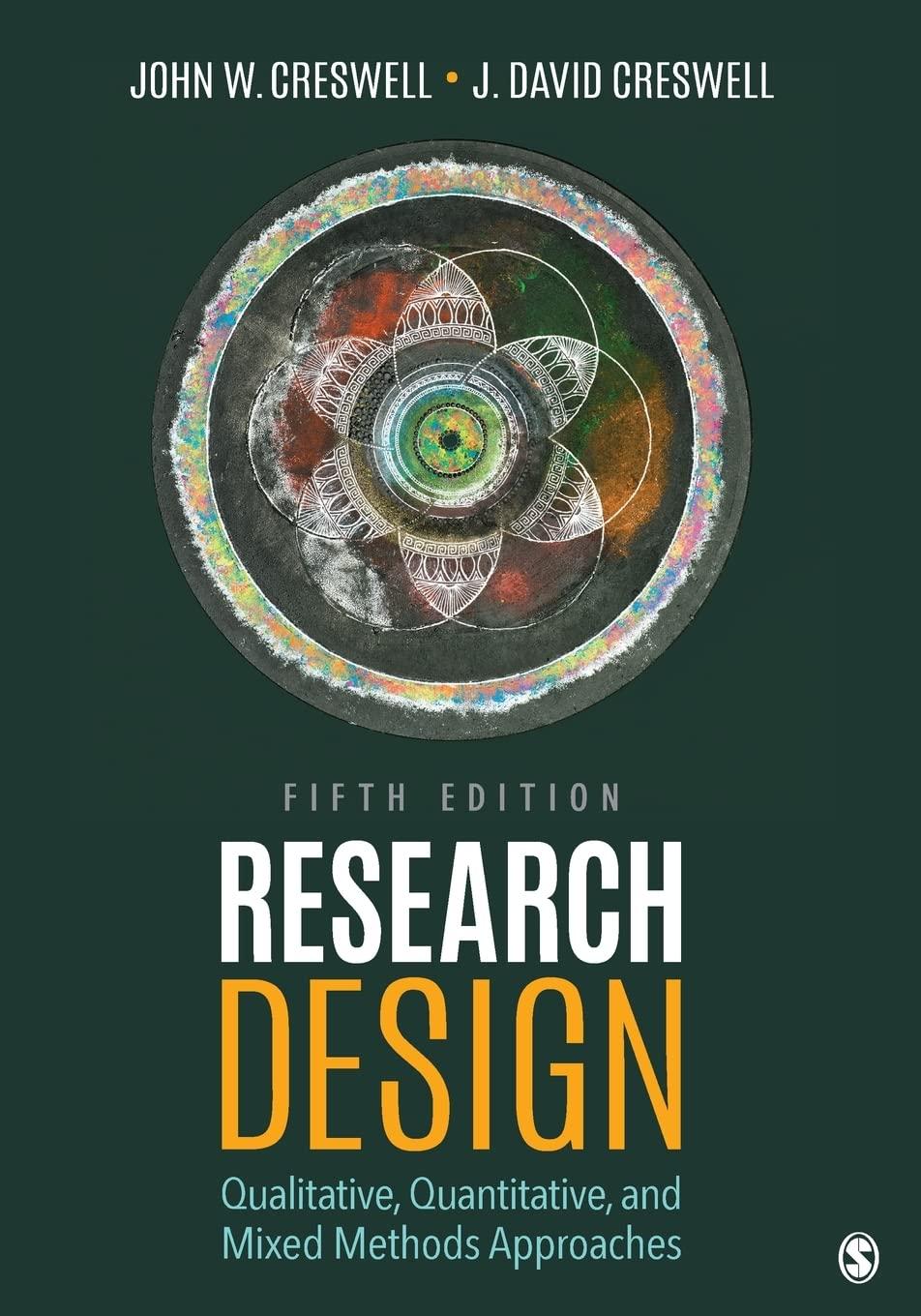Question
On Dupas 2011 Do Teenagers Respond to HIV Risk Information? Evidence from a Field Experiment in Kenya In much of East and Southern Africa, cultural
On Dupas 2011 "Do Teenagers Respond to HIV Risk Information? Evidence from a Field Experiment in Kenya"
In much of East and Southern Africa, cultural norms dictate that sexual relationships often carry financial expectations for transfersfrom men to women. This is not considered prostitution, but rather is a normal part of relationships. In addition to personal preferences and desire, women are choosing sexual partners based on size of potential transfer. Because HIV is also prevalent in these areas, perceived riskiness of partner is also a significant aspect of partner selection.
Against a backdrop of a national HIV prevention curriculum for teens that promoted abstinence until marriage, and provided information on the overall HIV prevalence in the population, a researcher conducted an experiment that provided adolescent girls (8th grade) with additional information. This included information on HIV prevalence disaggregated by gender and age group, as well as discussions about the risks of "sugar daddies," - adult male partners of teen girls. In particular, teen boys differ from adult men in that they have lower financial resources, but also lower HIV prevalence and higher willingness to use a condom. This sets up a tradeoff between risk and financial gain.
1. What special ethical issues are presented by research on HIV and sexual behavior?
2. The primary outcome of interest for this study was risky sexual behaviors such as unprotected sex and sex with partners from high HIV prevalence groups. What are the difficulties presented by collecting data on these outcomes?
Instead, teen pregnancy was used as a proxy.
"Childbearing data was collected in two steps. First, information on schooling status, marital status, and childbearing status was obtained during two primary school visits conducted in March and July 2005. At each visit, the list of all students on the grade 8 registers of 2004 was read aloud to an assembly of pupils in grades 6, 7, and 8 (often the siblings, neighbors, or friends of students on the list). For each of the students on the list, the following questions were asked: Is X still in school? If yes, in what grade? In what school? Does she still live in the area? Is she married? Does she have any children? If so, how many? How old is her first born? Is she pregnant?"
3. What ethical issues are raised by this form of data collection? What could have been done differently to address these issues?

Step by Step Solution
There are 3 Steps involved in it
Step: 1

Get Instant Access to Expert-Tailored Solutions
See step-by-step solutions with expert insights and AI powered tools for academic success
Step: 2

Step: 3

Ace Your Homework with AI
Get the answers you need in no time with our AI-driven, step-by-step assistance
Get Started


